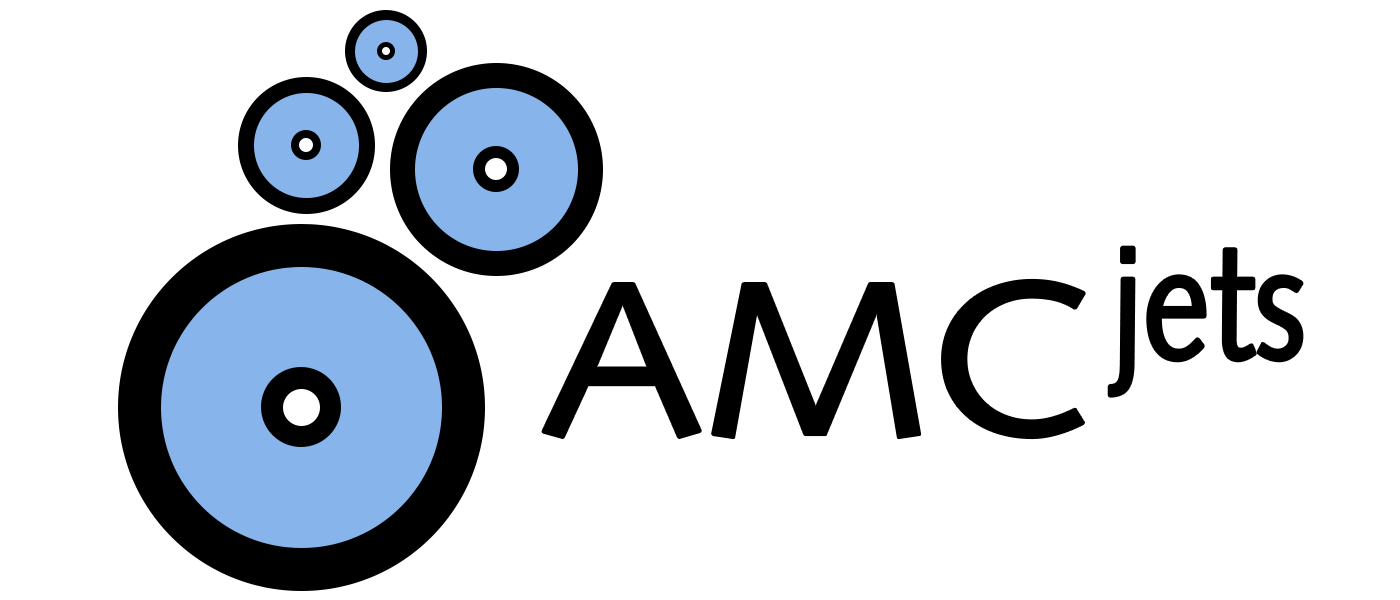Contact Info
We offer everything from cutting head components and intensifier spares, to water filters and hydraulic oil. Because we understand the importance these machines can have in terms of on-going production demand, we keep the majority of spares ex-stock so that we can service all of your requirements straight away, to keep your production running to its absolute maximum.
Send Us a Message
Frequently Asked Questions
How does a waterjet work?
There are two main steps involved in the waterjet cutting process. First, the ultra-high-pressure pump or Electric Servo pump generally pressurises normal tap water pressure levels above 50,000 psi (3450 bar) to produce the energy required for cutting. Second, the water is then focused through a small precious stone orifice to form an intense cutting stream. The stream moves at a velocity of up to 2.5 times the speed of sound, depending on how the water pressure is exerted. The process is applicable to both waters only and abrasive jets. For abrasive cutting applications, abrasive garnet is fed into the abrasive mixing chamber, which is part of the cutting head body, to produce a coherent and an extremely energetic abrasive jet stream.
The waterjet system uses Ultra High Pressure created by the high pressure pump.
The output water is pumped at high pressure to the CNC cutting machine.
The water flow is metered by the cutting head. The Diamond Orifice inside creates a very small diameter jet.
In Water Only applications – the jet directly from the orifice makes the cutting. Typically an Orifice diameter (0.007” / 0.175mm) is used. The jet is concentrated over a very small area and can easily cut though softer materials.
In Abrasive Waterjet applications – after passing the Orifice (typically 0.012” / 0.30mm), the jet then passes through a mixing chamber. This creates a venturi effect which draws in the abrasive. The abrasive clings to the water stream and is directed into the Focus Tube (or Nozzle Tube). A focused Abrasive Waterjet stream emerges which can cut through any material.
Typically, how fast can a waterjet cut and how does it hold its accuracy?
Cutting Speed depends on the following variables:
Material type - harder materials cut more slowly
Material thickness - thicker material of a given type cut more slowly
Waterjet Pressure - higher pressure cuts faster
Volume of Abrasive – higher abrasive in the stream cuts faster
Cut quality desired – rougher finish is a faster cut
For example, water only cutting of things like rubber or cork gaskets, our waterjet machines can cut at up to 17.5m/min (690”/min). Whereas, 25mm (1”) thick Aluminum is typically cut at speeds of approx. 250mm/min (10”/min)
We offer software that calculates the approximate cutting speeds for a wide variety of materials.
How accurate are Waterjet machines?
Part accuracy depends on many factors;
Firstly, it will depend on the accuracy of the Waterjet machines motion control. When the linear encoder feedback system is included on a Techni machine, we can achieve positional accuracy of 0.02mm (0.001”) per axis.
- However, there are a number of other factors which will determine the accuracy of the part being produced;
- The size and consistency of the kerf. Kerf is the amount of material removed during the cutting process. Because waterjet is an erosion process, the amount of time the stream sits in 1 position will affect the amount of material being removed, or the width of the kerf. Therefore, Techni waterjets software automatically adjusts the kerf width to suit the speed, material, and other relevant factors. This minimises any reduction in part accuracy due to the varying nature of a waterjet kerf width.
- The stand-off distance between the cutting head and the workpiece. As the nozzle gets closer to the workpiece, it increases the kerf and as it gets further away it reduces the kerf. Therefore, the more consistent the stand-off height can be maintained, the more accurate the part will be. Therefore Techni has developed a number of options, including Laser Mapping and Touch Probing to help produce accurate parts.
Generally speaking, Waterjet machines will consistently produce parts which within +/- 0.25mm (+/-0.010”), and can produce parts down to +/-0.05mm (+/-0.002”) if an accurate standoff and consistent kerf are maintained.
What are the advantages of waterjet cutting verse CNC machining?
Waterjets can cut shapes closer together due to a <1mm tool radius
Less setup and tooling time - one jet makes all cuts
Waterjets cut through the material from top to bottom, they cannot profile cut like a CNC tool.

